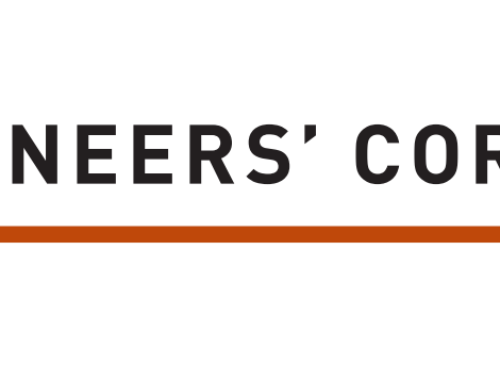Steel members subject to combined axial tension (T) and bending moment (M) can occur in steel trusses and other applications. For such cases, and for Class 3 sections in particular, Clause 13.9 provides a pair of interaction equations:

where S is the elastic section modulus, and A is the cross-sectional area. Engineers are sometimes puzzled by these equations, especially the second one containing a negative sign.
First of all, it’s important to note that both equations must be satisfied. Clause 13.9.1 is a cross-sectional strength check ensuring that the yield stress in tension is not exceeded at any point of the steel section. Incidentally, this equation is considered to be somewhat conservative, especially for Class 1 and 2 sections. It may be revised in the future.
Clause 13.9.2, on the other hand, is a stability check to guard against lateral-torsional buckling.
The accompanying figure shows a steel member subjected to axial tension and bending, where stresses are assumed positive in compression. The net compressive stress in the top flange is given by:

Multiplying by ![]() , we recover the expression of Clause 13.9.2:
, we recover the expression of Clause 13.9.2:

Therefore, the negative sign in front of the second term reflects the fact that the tendency to undergo lateral-torsional buckling (due to compressive stresses) is reduced by the presence of the tensile force.






